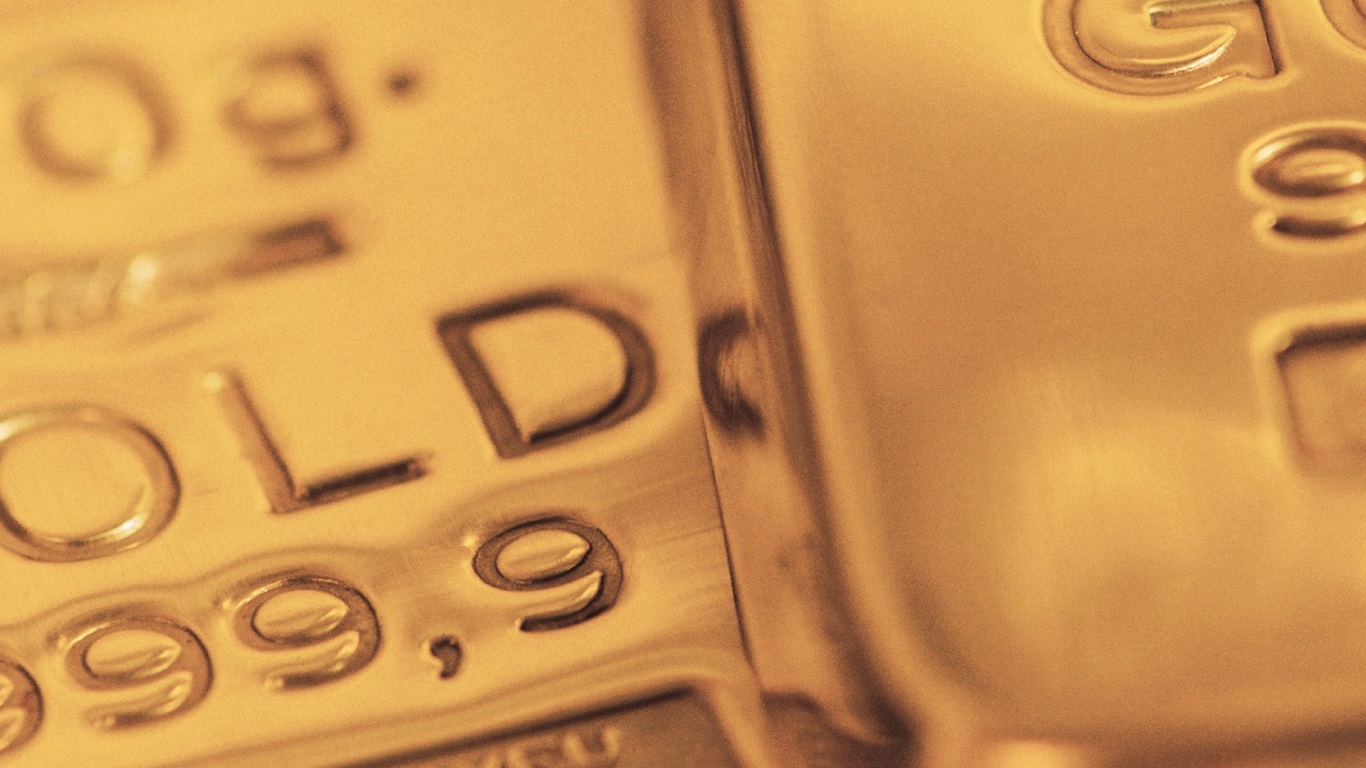
Gold ownership is spread across several groups. Among them are people who hold gold personally for investment, people who own jewelry, companies that make jewelry and commercial enterprises that use gold to make products other than jewelry. The last major group is governments, which hold gold mostly through their central banks. The largest among these by far is the United States.
Gold is held by governments for several reasons. One is as a hedge for currency value changes. Another is for a financial armageddon. The Dutch central bank recently commented: “If the entire system collapses, the gold stock provides a collateral to start over. Gold gives confidence in the power of the central bank’s balance sheet. That gives a safe feeling.” That reason fundamentally means gold is both collateral and hedge against risk.
One disadvantage to gold ownership is the extent to which its price fluctuates. The price of gold currently is about $1,895 per ounce. Over the past 52 weeks, it has run as high as $2,089 and as low as $1,673. Three years ago, it was $1,223 an ounce, and gold’s price trend has been almost relentlessly upward since then.
Of the 22 largest central banks, 18 hold gold as part of their reserves, according to a recent study by YouGov.
The World Gold Council has just released its list of gold ownership by central banks for the period that ended at the start of June. The information comes from International Monetary Fund (IMF) data. Since central banks do not report gold holdings on a uniform calendar, some of the totals are from as long ago as December and others are from as recently as April.
The United States holds 8,133 tonnes of gold. (The ratio of tons to tonnes, also known as metric tons, is 1.00 to 0.91.) The next country has holdings of less than half that of the United States. The German central bank owns 3,361 tonnes. The figure for the IMF is 2,814, for Italy 2,451 and for France 2,436.
Click here to see which countries own the world’s gold.
In 20 Years, I Haven’t Seen A Cash Back Card This Good
After two decades of reviewing financial products I haven’t seen anything like this. Credit card companies are at war, handing out free rewards and benefits to win the best customers.
A good cash back card can be worth thousands of dollars a year in free money, not to mention other perks like travel, insurance, and access to fancy lounges.
Our top pick today pays up to 5% cash back, a $200 bonus on top, and $0 annual fee. Click here to apply before they stop offering rewards this generous.
Flywheel Publishing has partnered with CardRatings for our coverage of credit card products. Flywheel Publishing and CardRatings may receive a commission from card issuers.
Thank you for reading! Have some feedback for us?
Contact the 24/7 Wall St. editorial team.



